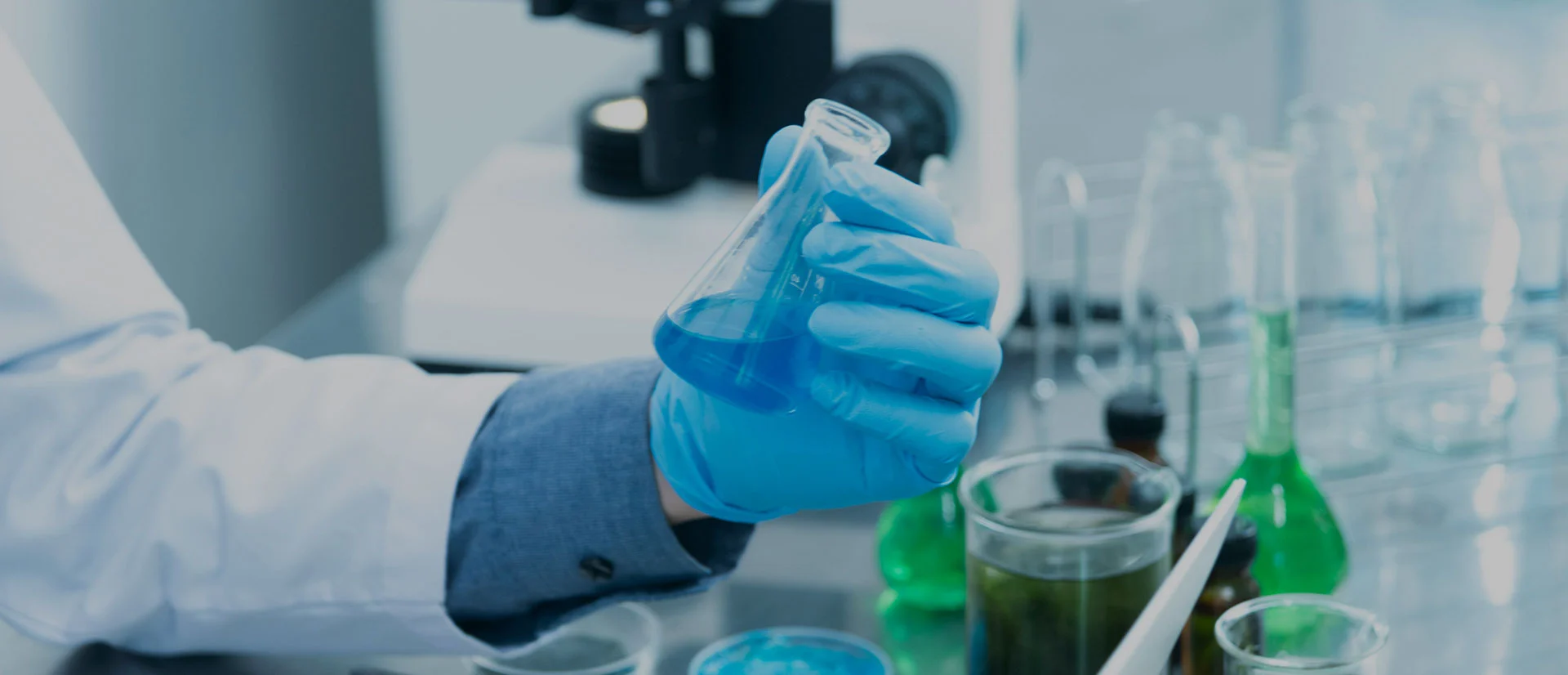
- Lentivirus
- Adeno-Associated
- Adenovirus
- Pseudovirus
- Vector
- Synthesis
- Autophagy Research
- CRISPR/Cas9
- Noncoding RNA
- Luciferase Assay
- Reagents
WHAT ARE YOU LOOKING FOR?
Cell transfection is a widely used experimental technique in molecular and cell biology, involving the introduction of foreign molecules such as DNA and RNA into eukaryotic cells. The methods for introducing foreign DNA/RNA into mammalian cells can be broadly categorized as biological or physicochemical. Commonly employed physical and chemical methods include calcium phosphate precipitation, microinjection, electroporation, liposome-mediated transfection, and recently gene delivery techniques utilizing polymers as carriers. Biological methods primarily utilize viruses as vectors to introduce foreign DNA through viral infection; lentivirus and adenovirus transfection systems are commonly utilized.
Hanbio offer a diverse range of transfection reagents for efficient delivery of DNA, siRNA, and RNA.
High efficiency
Transfection reagents are suitable for most cell lines.
Low cytotoxicity
The transfected cells still maintained good activity.
Universality
Common cells and hard-to-transfect primary cells were fully covered.
| Code NO. | Product Name | Volume | Application |
| HB-LF-1000 | LipoFiter | 1mL | Suitable for transfection of common cell lines, low cytotoxicity |
| HB-LF3-1000 | LipoFiter 3.0 | 1mL | The product is suitable for both commonly used cell lines and challenging-to-transfect cell lines, exhibiting exceptional transfection efficiency. |
| HB-RF-1000 | RNAFit | 1mL | The transfection is suitable for small RNA. |
| HB-LLF-1000 | LentiFit | This system is well-suited for lentivirus packaging and co-transfection with lentiviral plasmids |
| Transfection method | Principle | Application | Characteristic |
| Liposome | The surface of cationic liposomes carries a positive charge, enabling them to engage in electrostatic interactions with the phosphoric acid groups of nucleic acids. This interaction facilitates the encapsulation of DNA molecules within the liposomes, resulting in the formation of DNA-lipid complexes. Additionally, these liposomes can be absorbed by cell membranes that possess a negative charge on their surfaces and subsequently enter cells through fusion or endocytosis. | Integrated and non-integrated gene transfection | It has the advantages of simple operation, high repeatability, low cytotoxicity and wide applicability |
| Calcium phosphate precipitation | The calcium phosphate-DNA complex is adsorbed onto the cell membrane and subsequently endocytosed. | Integrated and non-integrated gene transfection | The experimental conditions were strictly controlled, difficult and not suitable for primary cells |
| Viral transfection | Viruses carry target gene fragments to infect target cells. Common vectors include lentivirus, adenovirus and adeno-associated virus | Integrated and non-integrated gene transfection | The transfection efficiency is remarkably high, rendering it suitable for challenging-to-transfect cells as well as primary and suspension cells. Additionally, the viral packaging process poses a significant challenge. |
| Electroporation | The current can reversibly permeate the cell membrane, creating transient aquaporins or pores that facilitate the entry of DNA molecules into the cell | Non-integrated gene transfection | Wide applicability, but high cell lethality, large amounts of DNA and cell use |
| Microinjection | A fine-gauge needle is utilized for the direct injection of DNA, RNA, or proteins into either the cytoplasmic or nuclear compartment. | Integrated and non-integrated gene transfection | The availability of microinjection is limited, the technology involved is intricate, and the required equipment comes at a high cost. |
Tumor-derived exosomes induce N2 polarization of neutrophils to promote gastric cancer cell migration
(Molecular Cancer, IF=27.401)
Low expression of TRAF3IP2-AS1 promotes progression of NONO-TFE3 translocation renal cell carcinoma by stimulating N6-methyladenosine of PARP1 mRNA and downregulating PTEN
(Journal of Hematology and Oncology, IF=17.384)
Switch receptor T3/28 improves long-term persistence and antitumor efficacy of CAR-T cells
(Journal for ImmunoTherapy of Cancer, IF=13.751)
Positive natural selection of N6-methyladenosine on the RNAs of processed pseudogenes
(Genome Biology, IF=13.583)
TRIM24 facilitates antiviral immunity through mediating K63-linked TRAF3 ubiquitination
(ournal of Experimental Medicine, IF=11.743)
Targeting miR-21 with NL101 blocks c-Myc/Mxd1 loop and inhibits the growth of B cell lymphoma
(Theranostics, IF=11.556)
Tubular epithelial cell-to-macrophage communicationforms a negative feedback loop via extracellular vesicle transfer to promote renal inflammation and apoptosis indiabetic nephropathy
(Theranostics, IF=11.556)
N6-methyladenosine-induced circ1662 promotes metastasis of colorectal cancer by accelerating YAP1 nuclear localization
(Theranostics, IF=11.556)
Tubular-specific CDK12 knockout causes a defect in urine concentration due to premature cleavage of the slc12a1 gene
(Molecular Therapy, IF=11.454)
A novel epigenetic AML1‐ETO/THAP10/miR‐383 mini‐circuitry contributes to t(8;21) leukaemogenesis
(EMBO Molecular Medicine, IF=10.624)

Contact Hanbio and leave your requirements. We will reply as soon as possible.